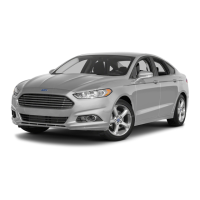Why I cannot create a MyKey on my Ford 2014 FUSION HYBRID Automobile?
- AAnthony Hill DVMJul 27, 2025
You may not be able to create a MyKey because the key or fob used to start the vehicle does not have admin privileges, or it is the only admin key. Also, if you have a push-button start, the intelligent access key fob may not be positioned correctly. The SecuriLock passive anti-theft system could be disabled, or the vehicle may have been started using a remote start system without admin privileges. If the key or fob used to start the vehicle does not have admin privileges or SecuriLock passive anti-theft system is disabled, see an authorized dealer for a Ford-approved remote start system.













